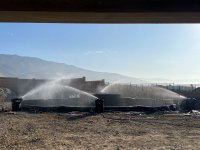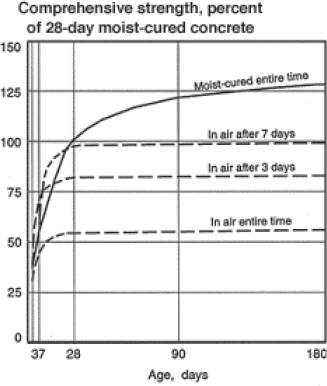Hello! I have three pieces of rebar showing through the shotcrete on my second step.
Is this common or sloppy construction (or both)?
What is the best way to fix this and will the fix have a negative impact on the structure?
Thanks!
Is this common or sloppy construction (or both)?
What is the best way to fix this and will the fix have a negative impact on the structure?
Thanks!











